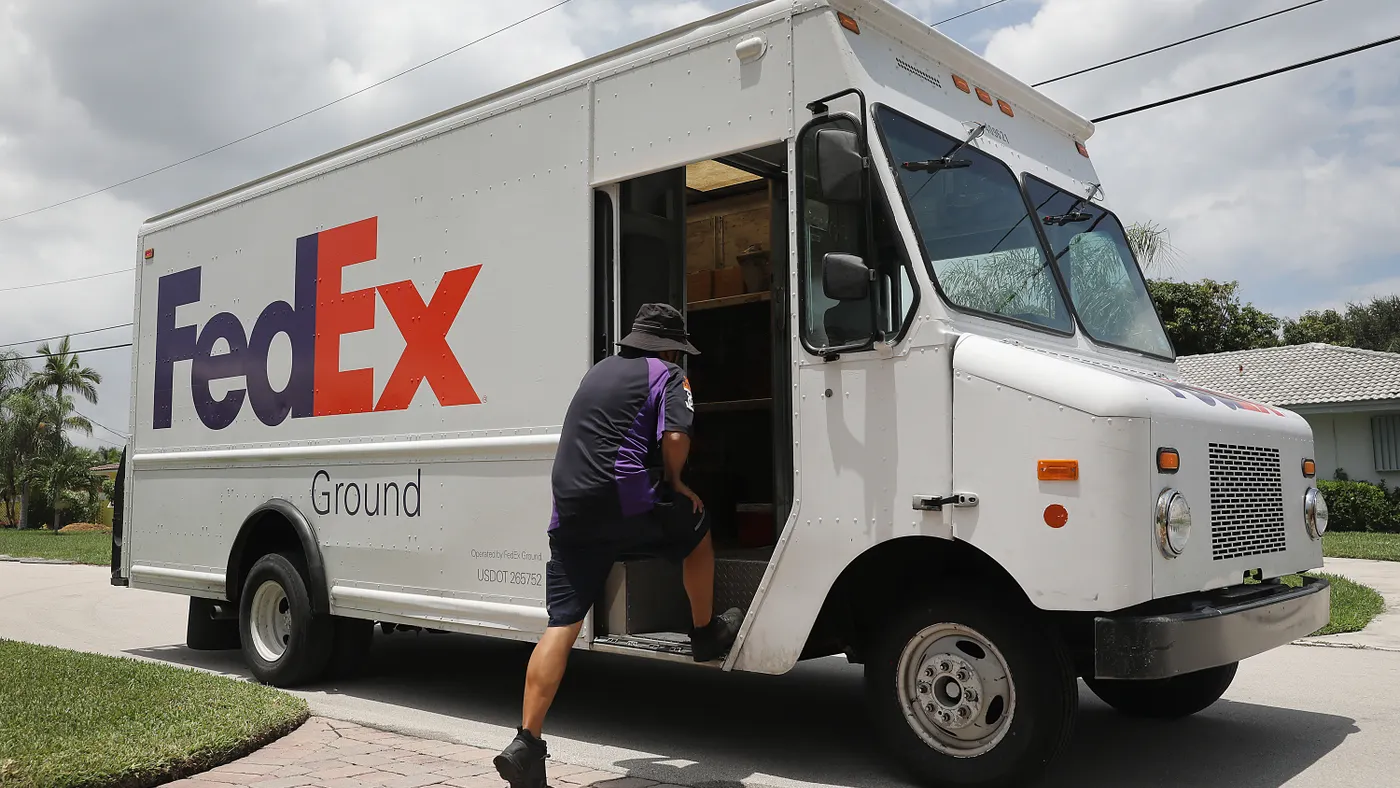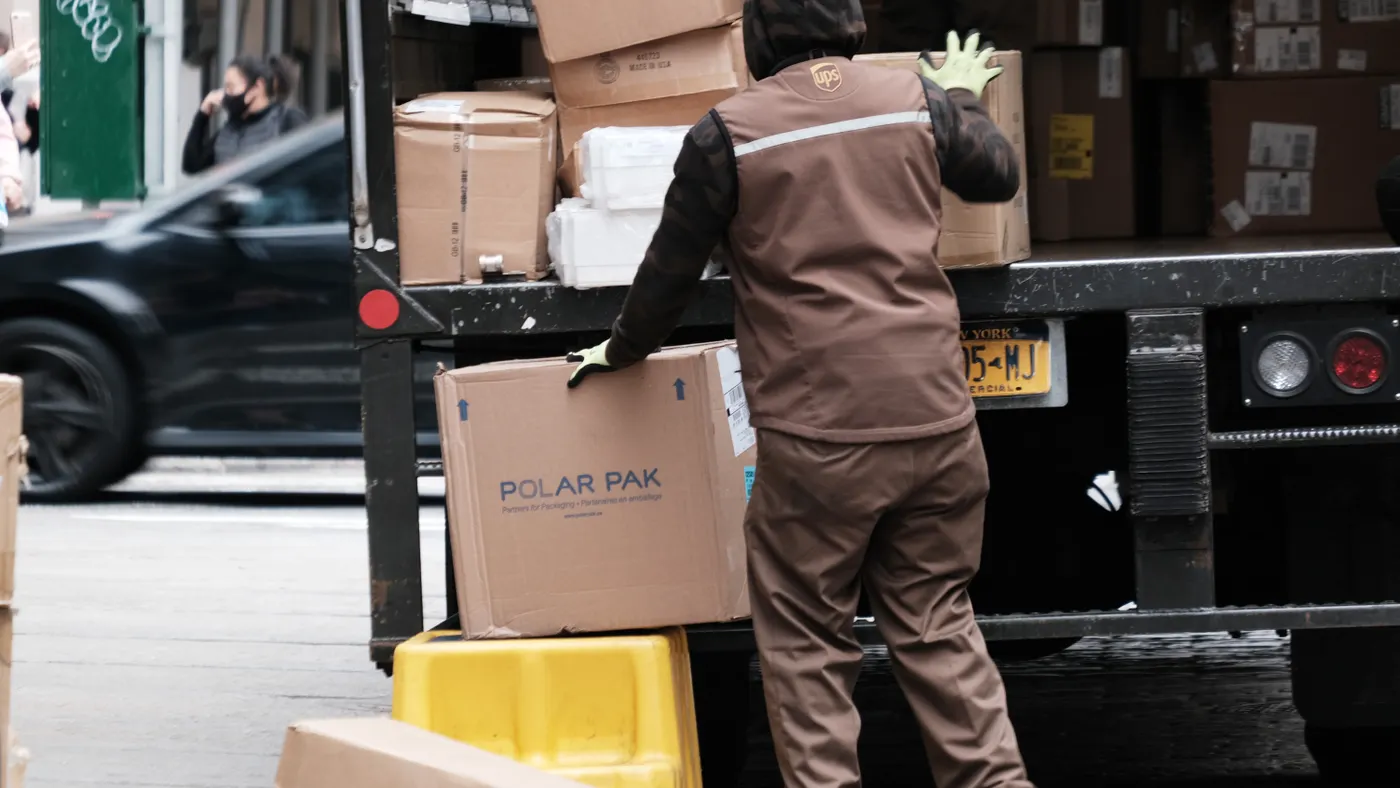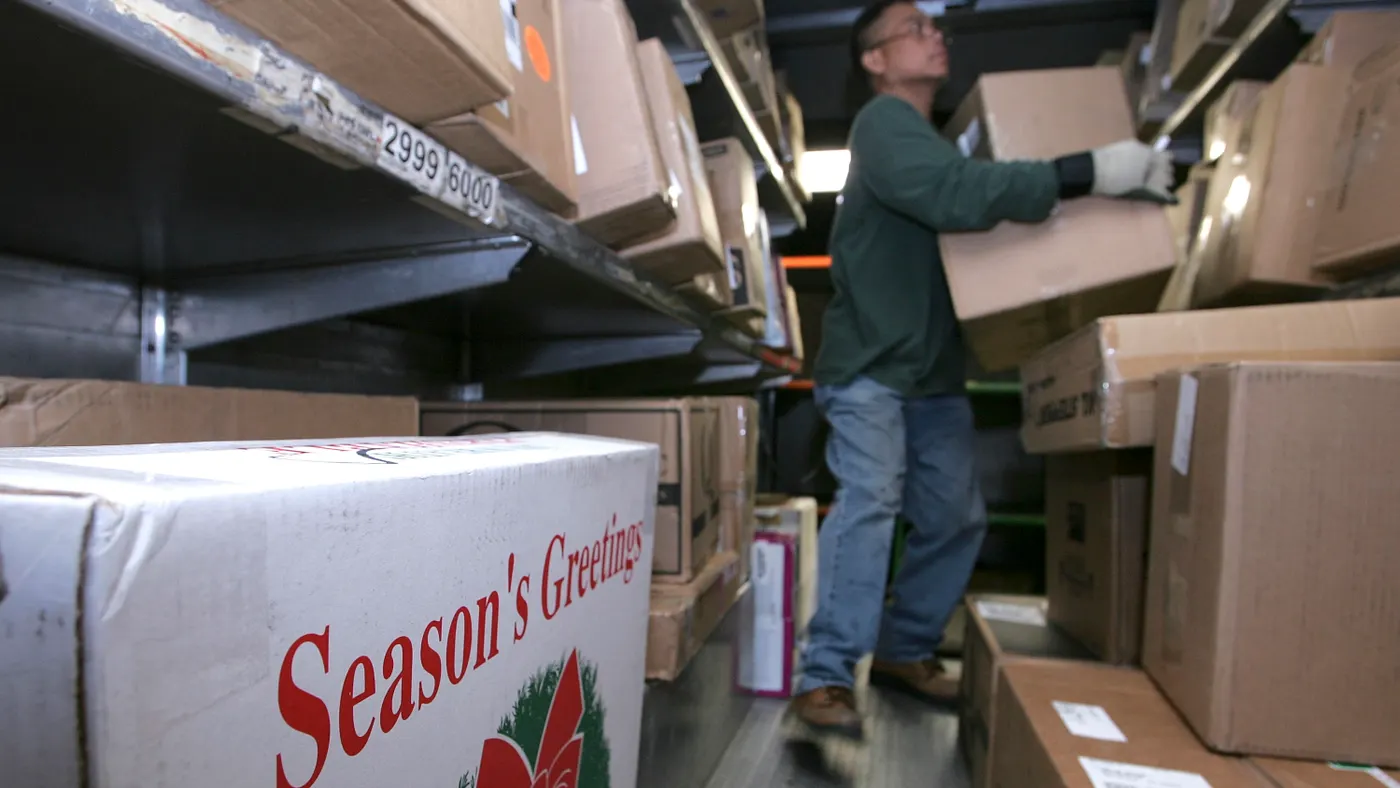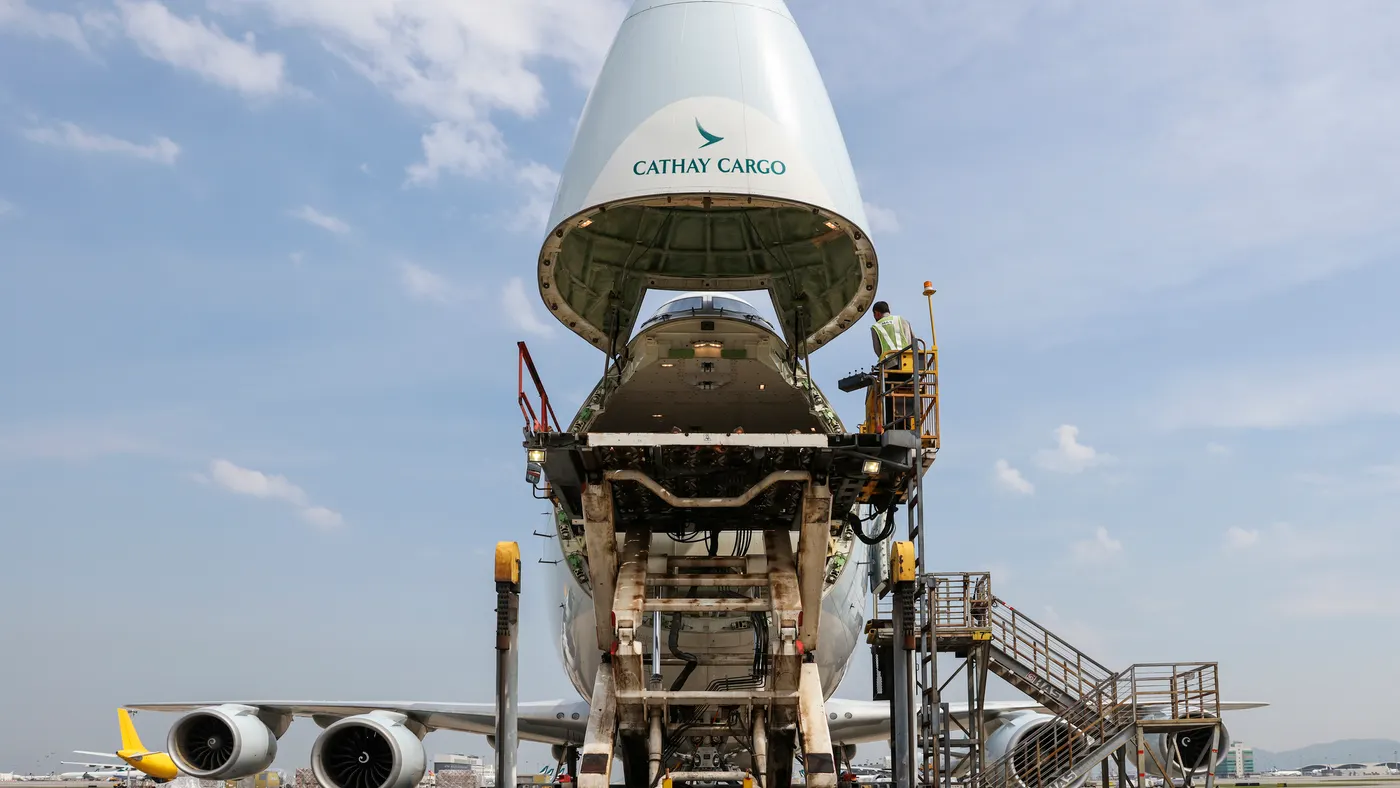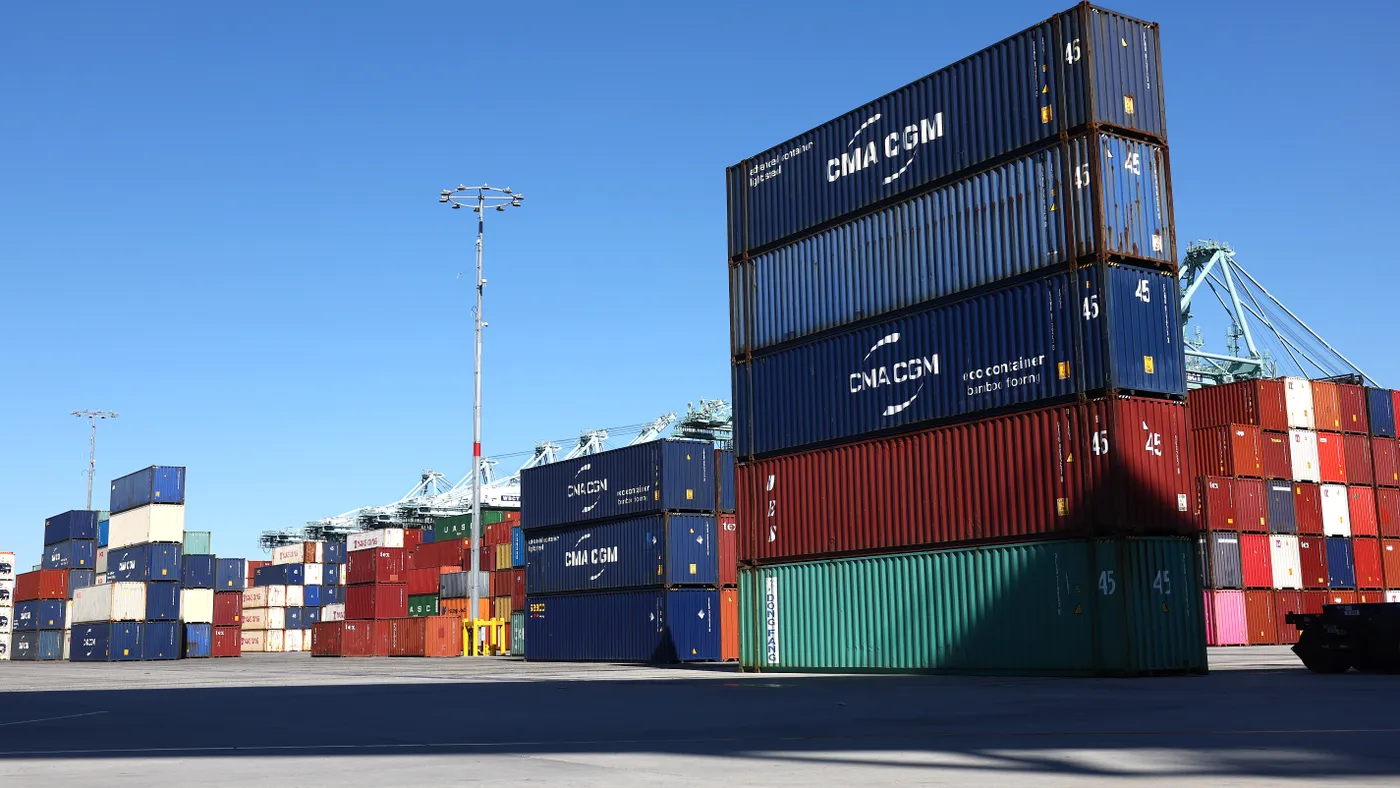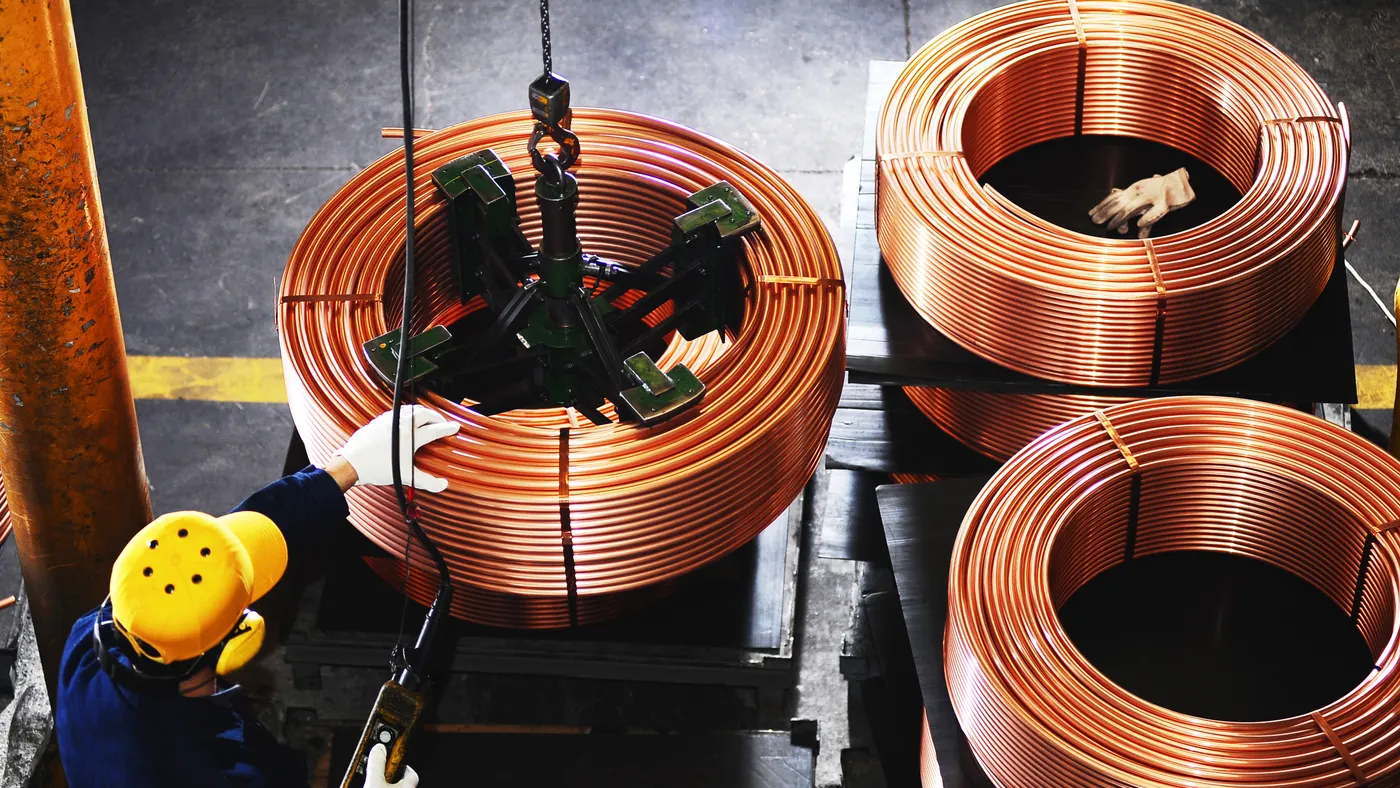By: Kate Magill
• Published July 8, 2024
Many companies have been pinning their hopes on an anticipated turnaround in the manufacturing market this year, with economists forecasting demand bumps, stabilized inflation and lower interest rates.
Those hopes helped ease some of the anxiety manufacturers were having over rising material, labor and energy costs at the outset of the year. But as of July, the forecasted industry turnaround has yet to materialize. The Federal Reserve hasn't dropped interest rates, and a focus on cost management has grown across the industry.
Elevated supply costs and stagnant demand are lowering companies’ expectations for a rebound in the second half of the year ahead of a pivotal presidential election. Many manufacturers have tightened their belts, holding off on major spending, including investments in production and labor, until some of the uncertainty in the market wanes.
"As the year's gone on, it's really converted from a 2020, core performance year, which is really profit focused, to more concern about liquidity in the absence of any real reduction moves, which opened up financing obviously for companies," Timothy Fiore, chair of the Institute for Supply Management’s Manufacturing Business Survey Committee, said on a June 3 media call for ISM’s May Purchasing Managers’ Index. "Uncertainty is the devil of business, and that’s exactly where we’re sitting today."
Political uncertainty can heighten supply chain costs
Stability isn’t likely to arrive in the coming months as the U.S. gears up for the presidential election, said Ted Stank, co-executive director of the Global Supply Chain Institute at the University of Tennessee Knoxville.
Geopolitical risks, including the impact of the U.S. presidential election as well as the ongoing wars in Ukraine and Gaza, can affect both supply and logistics costs for manufacturers. As the presidential election approaches, Stank anticipates raw material costs will rise for precious metals such as gold, silver and copper.
"I bet gold is going to skyrocket because everybody's going to think ‘we're going to Civil War 2.0, and let’s get rid of our stock and buy gold instead or precious metals,’" Stank said. "So if you're manufacturing with those, that's going to have an impact.”
Election uncertainty can also hurt the value of the U.S. dollar, further driving up costs.
"As we get closer to the elections, if things continue to look the way they are now, and there's all this uncertainty, the dollar will probably weaken against some other currencies," Stank said. "And that's going to impact manufacturers' ability to buy [supplies] if your currency is weaker than the places that you're buying from."
"Uncertainty is the devil of business, and that’s exactly where we’re sitting today."
Timothy Fiore
Chair of the Institute for Supply Management’s Manufacturing Business Survey Committee
Looking at logistics costs for shippers, Stank added that disruptions in the Red Sea have caused ocean freight rates to rise, which he doesn't see abating in the coming months. Domestic freight rates will also soon rise as the industry heads into peak shipping season.
"As we start hitting the holiday season, the harvest season, domestic freight costs will probably start going up," Stank said. "Manufacturers that have been shipping on the spot market should maybe be looking at locking in some costs for this fall."
Labor costs could stabilize, but scarcity to remain
Labor continues to be a top issue for many manufacturers and their budgets. Labor costs were up year over year in Q1, according to the Bureau of Labor Statistics, as companies navigated rising wages. Companies also expect employee wages to rise another 2.8% over the next 12 months, according to the National Association of Manufacturers' Q1 2024 survey.
As inflation and therefore wage costs come down, Stank noted that labor constraints aren't likely to ease in the industry. The challenging recruitment market means companies often need to spend more on automation to fill the gap.
"The cost of talent — that's going to be with them forever," Stank said. "I've been working on a couple of projects with some manufacturers that are really investing quite a bit in automation, because of not just wage increases, but lack of availability of talent."
By the numbers
+4.1%
The increase in labor costs year over year in Q1, according to the Bureau of Labor Statistics.
48.5%
The production index reading for June, according to
ISM’s Purchasing Managers’ Index, as manufacturers hesitate to invest in capacity. A reading below 50.0% reflects economic contraction.
+2.4%
The increase in raw material prices manufacturers expect over the next 12 months, according to NAM’s Q1 2024 survey.
The inability to attract or retain labor was also the top challenge for more than 65% of manufacturers that responded to NAM's Q1 survey. That percentage, however, dropped to its lowest since the end of 2020, a sign of possible cooling in the labor market.
In addition, investments in headcount are among the budgets some manufacturers are reevaluating amid the still high interest rates, according to ISM.
"Given the uncertain demand here in the lack of new orders coming in, there is no really significant hiring going on," Fiore said on the June 3 call. "We've returned to a much more cautious hiring environment, because the future is a bit uncertain."
Preparing for the months ahead
In preparing for the final months of the year and peak season, manufacturers should keep a sharp focus on quality, even as they manage their bottom line and cut costs, said Lindsey Berckman, a principal at Deloitte.
Berckman, who leads Deloitte’s U.S. Aerospace and Defense practice, encourages companies to keep prioritizing supply continuity and renew their focus on "producing it right the first time."
"Focus on quality. You need to have supply lines, but you also need to be producing quality parts," she said.
She also encourages manufacturers to take advantage of tax incentives and government funding available through the Department of Energy and elsewhere to help with costs.
Stank, meanwhile, urges companies to maintain robust cost models that can help them forecast for budgeting.
"The more robust their cost models are, the better off they're going to be," Stank said. "Over the last 30, 40 years we've been guilty of focusing on one cost above all others, mainly labor costs. If nothing else, over the last five years with COVID, we've realized there are a lot of things that can reach up and bite us if we haven't included them in our cost models.”
Article top image credit: sykono via Getty Images





